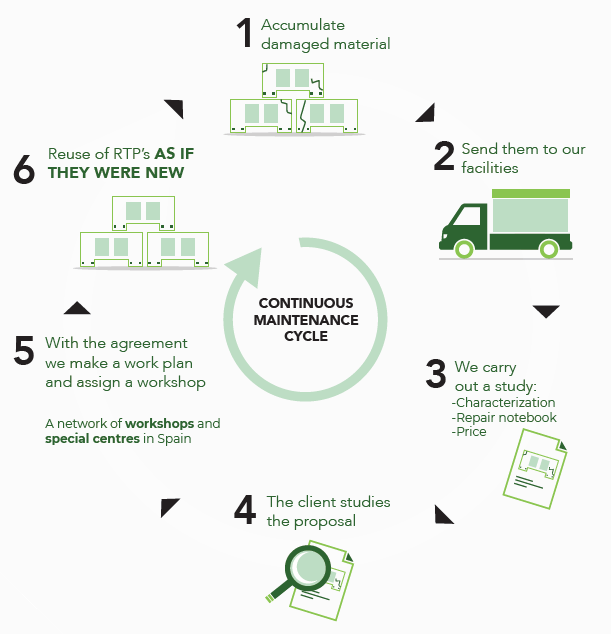By Plastic Repairing
Less emissions
%
Cost Savings
Times Faster
311
With ISO14067 certification: carbon footprint of the repair process, the carbon emissions associated with the PRS repair process have been found to be 311 times lower than those of recycling.
70 %
Repair is estimated to cost approximately 30% of the cost of buying a new container.
10%
Repair times are 10 times faster than buying new packaging.
Calculate CO2
Footprint
By repairing
Less emissions
311
With ISO14067 certification: carbon footprint of the repair process, the carbon emissions associated with the PRS repair process have been found to be 311 times lower than those of recycling.
%
Cost Savings
70 %
Repair is estimated to cost approximately 30% of the cost of buying a new container.
Times Faster
10%
Repair times are 10 times faster than buying new packaging.
How We Work
Plastic Repair System
PRS recovery guarante
- Functionality 100%
- Resistence 100%
*On average we reinforce plastic items and the maximum deviation is 1,7%. The worst case scenario is that resistance is 98,3%.”


PRS is a Circular Economy company: By repairing plastic pallets, frames, containers and layers with our patented methods, materials, processes and machines, PRS extends the life of plastic containers.

